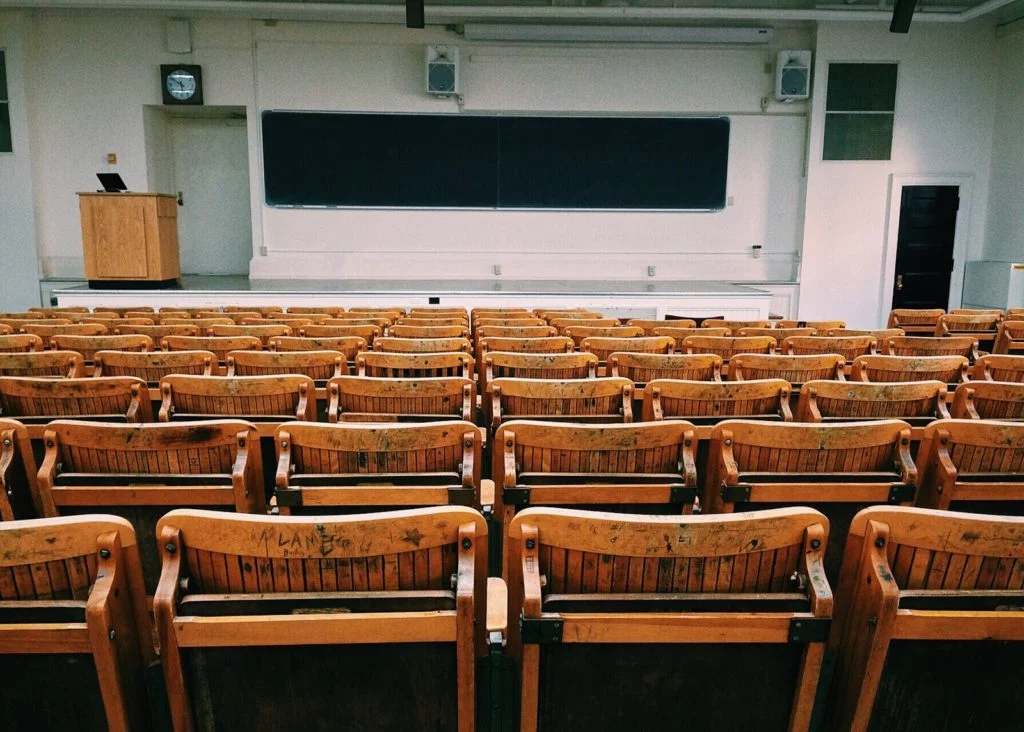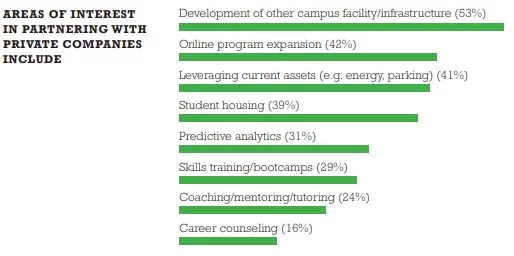
How to Make PPPs in Higher education work
Higher Education Institutions (HEIs) need to adapt to the shifting needs of the international learning community. This is the simple truth that has become a necessity with a society still reeling from the effects of COVID-19.
A year-end assessment published by the World Tourism Organization reported that international tourism declined to over 70 percent in 2020. The report also stated that it may take up to four years before travel and tourism numbers make a recovery.
With most of local and international travel suspended, several operational aspects of universities and colleges have also been substantially affected. These range from student recruitment and the admissions process to the managing of on-site classes and program delivery.

The students themselves are caught in a quandary. Higher education consultancy group, Quacquarelli Symonds, stated in its final coronavirus report for 2020 that 43 percent of prospective international students still had no clear plans, even with the news of a possible coronavirus vaccine.
These recent times have proven that HEIs should look into Public-Private Partnerships (PPPs) as a way not only to survive but also to thrive.
PPPs for HEIs
A PPP, in the context of higher education, sees a public institution enter into agreements with a private institution for interdependent resources and quality systems.
“In many different settings, PPPs are increasingly perceived as an innovative policy approach to provide education for all, and especially to provide the most vulnerable population with new educational opportunities,” stated a Unesco research paper.
As with all fruitful investment partnerships, there is always the understanding of having a shared risk—and shared benefits as well, which at most times far outweigh the former.
PPP benefits
Because a PPP generally allows a public institution to expand beyond its campus, it could tap into several fields of expertise which its partner private institution could offer. These could be varied too, depending on the public institution’s goals. That said, with the expected increase in enrollment in both schools, both partners have access to a new and steady revenue stream. These are just a few of the benefits for those schools entering into PPPs.

How a PPP could work
Discussing PPPs are a means to a solution. What those solutions are specifically, are for both parties involved to come to an agreement to. Coming to an agreement may take months, even years for some. Also, these PPPs are usually long-term, spanning tens of years. That is why it is crucial for HEIs to be aware of how PPPs could work out. Here are some insights on what factors make for an effective PPP.
The right team. First off, to be able to enjoy the full benefits of a PPP model, the agreement should be made between the right institutional partners. Each participant should present a team of professionals and experts in their respective fields. Since these partnerships are long-term, each participant should also look into a partner’s proven longevity in the education sector. A PPP is made up of two institutions with mutual interests, but they should function as one team.
Harmonious partnership. It is in the best interest of the HEIs participating in PPP talks to present their best strengths and services that best complement the other. The key word is complementary and not competition. Having shared goals may not be necessary, rather, putting up mutual goals and helping partner institutions reach theirs should be the best approach.

Definition of roles. At this point, we can presume that both institutions have done their due diligence in background checks. After, what can help a PPP prosper is total trust and confidence in one another. A public institution should trust in a private institution’s executions while the latter should support the initiatives and directions of the former. It all returns to the concept of harmony: two institutions doing different things, excelling in their respective ways, but both flourishing in reaching their goals.
Good PPPs should never find HEIs feeling inhibited but rather, mutually empowered.
For an entire generation of learners who have gone through a pandemic—and perhaps, for generations to follow—they will surely be able to identify and appreciate the benefits of pursuing higher education through PPP-enrolled institutions in their local areas.
Read more:
Data sources:
“Impact assessment of the COVID-19 outbreak on … – UNWTO.” https://www.unwto.org/impact-assessment-of-the-covid-19-outbreak-on-international-tourism. Accessed 14 Jan. 2021.
“How COVID-19 has Changed the Course of Higher Education ….” 2 Dec. 2020, https://www.qs.com/how-covid-19-has-changed-the-course-of-higher-education-in-2020/. Accessed 14 Jan. 2021.
“Public-private partnerships as an education policy approach ….” https://unesdoc.unesco.org/ark:/48223/pf0000247327. Accessed 27 Jan. 2021.
“The Chronicle of Higher Education & P3•EDU 2019 Public ….” https://www.p3edu.com/wp-content/uploads/2019/03/2019-Public-Private-Partnership-Survey.pdf. Accessed 27 Jan. 2021.

